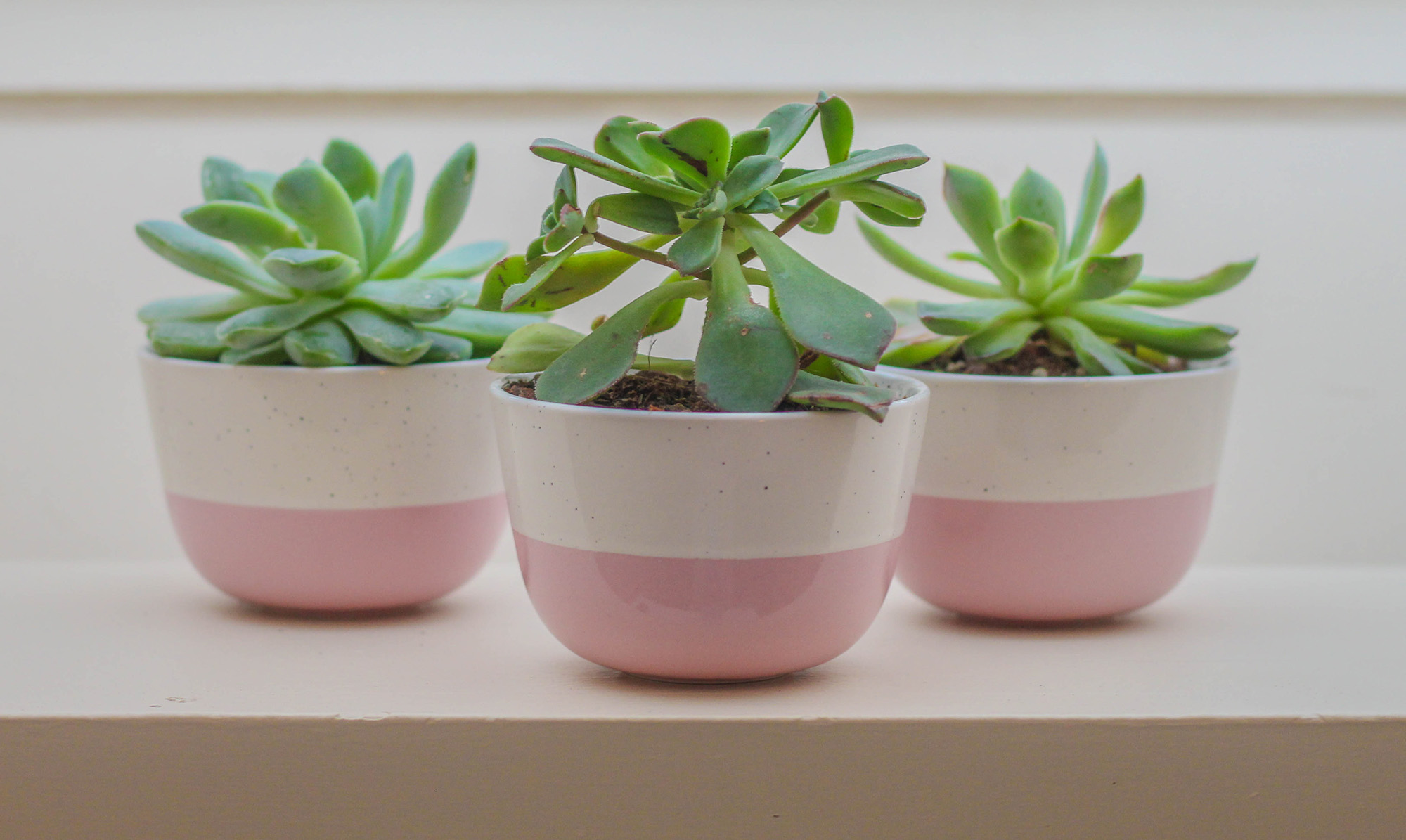
When this whole pandemic started, I honestly didn’t think social isolation measures would have much effect on my mental health. As an admitted introvert, I quite enjoy being alone with my thoughts and hobbies.
Then, Stage 3 restrictions hit. Suddenly, I’m home all day trying to find a new job. My partner is working from home and is around all the time. We can’t just go to our local café or casually peruse our local shops if we feel like a change of scenery. It feels like I’ve watched every movie and read every book we own twice over. And there’s only so much you can Netflix, work out, volunteer, study or browse social media each day before you need something else to focus on.
It comes as no surprise, then, that many people are now turning to indoor gardening to pass some of the time. And why not? There are many notable health benefits to having plants around the house.
The NASA Clean Air Study tested a list of common indoor plants for their ability to clean toxins from the air. They found that in addition to absorbing carbon dioxide and releasing oxygen, many plants remove toxins from the air such as formaldehyde, benzene, ammonia, and even dust. Plants also increase humidity in your home, which can help those suffering from respiratory issues.
Our previous blog post about staying sane in isolation named keeping a routine as one of the top things you can do for your mental health during isolation. Anyone who has ever struggled with depression knows just how difficult it can be to keep to a routine because there doesn’t seem to be a lot of reward at the end. Caring for plants not only gives you a simple routine to follow, but it is also satisfying to watch them bloom and thrive thanks to your efforts.
There are also social benefits to indoor gardening. Facebook has a large number of specialist gardening groups where you can connect with other like-minded individuals and benefit from their experience when you run into issues with your garden.
If you need something new to focus on, why not give indoor gardening a go? It doesn’t matter if you have a black thumb or have never tried gardening before – it’s easy to get started.
Do your research.
Trust me when I say that it is surprisingly easy to go nuts when you get to the garden centre! People can quite easily over-commit themselves or purchase plants that won’t suit their environment. Particularly now when reducing our time outside the home is so vital, it is really important to plan ahead. Before you go to the shops, ask yourself:
- Where will my plants go? Look at the size of your space and the amount of natural light that spot receives so you can select plants according to their needs. As some plants are toxic to humans and pets, you should also choose a spot that’s out of reach.
- How many plants can I reasonably care for? Gardening can be a bit like riding a bike – you need to use training wheels before you go for broke. As tempting as it is to buy all of your favourite plants in one fell swoop, one or two is plenty to start out with.
- What plants are easy to care for? While some plants like croton and orchids are stunning, they can also be a bit fussy for the novice gardener. It’s best to stick with hardier plants like Devil’s Ivy or Snake Plant, then graduate onto varieties requiring more complex care.
Get the right tools.
The beauty of indoor gardening is that you don’t need a lot to get started. My go-to list includes:
- Pretty pots. You can leave your plants in the containers they come in, but there’s something so much nicer about putting them in decorative pots that suit your aesthetic. Choose a pot that is roughly the same size as the container it comes in. Also remember that pots made for indoor plants don’t have a drainage hole in the bottom, so be careful not to over-water.
- The right soil. Assuming that all soil is created equal is a classic rookie mistake. There are many different types of potting mixes tailored to different types of plants, and it is important to choose the right one. This is where your research will come in handy.
- Hand tools. There are only three tools I ever use for my indoor garden: a small watering can, a pair of secateurs and a little hand shovel. You really don’t need anything else.
- Soil moisture meter. While not a must-have, soil moisture meters are a great little investment if you tend to under or over-water your plants.
And remember…
Don’t give up at the first sign of trouble. If your plants look a bit droopy or drop a few leaves, don’t get discouraged. Just like humans, plants sometimes need a bit of time to adjust to their new surroundings. Just check your water and light levels and be patient. You will both be thriving in no time.
Happy planting!



[…] mum. Choose a special place for her garden outside like we did, or use our previous blog post as a quick guide to creating a beautiful indoor garden. You can also find a host of great resources online like this one if you want to get creative and […]
[…] Have a go at being a green thumb with these gardening tips. […]